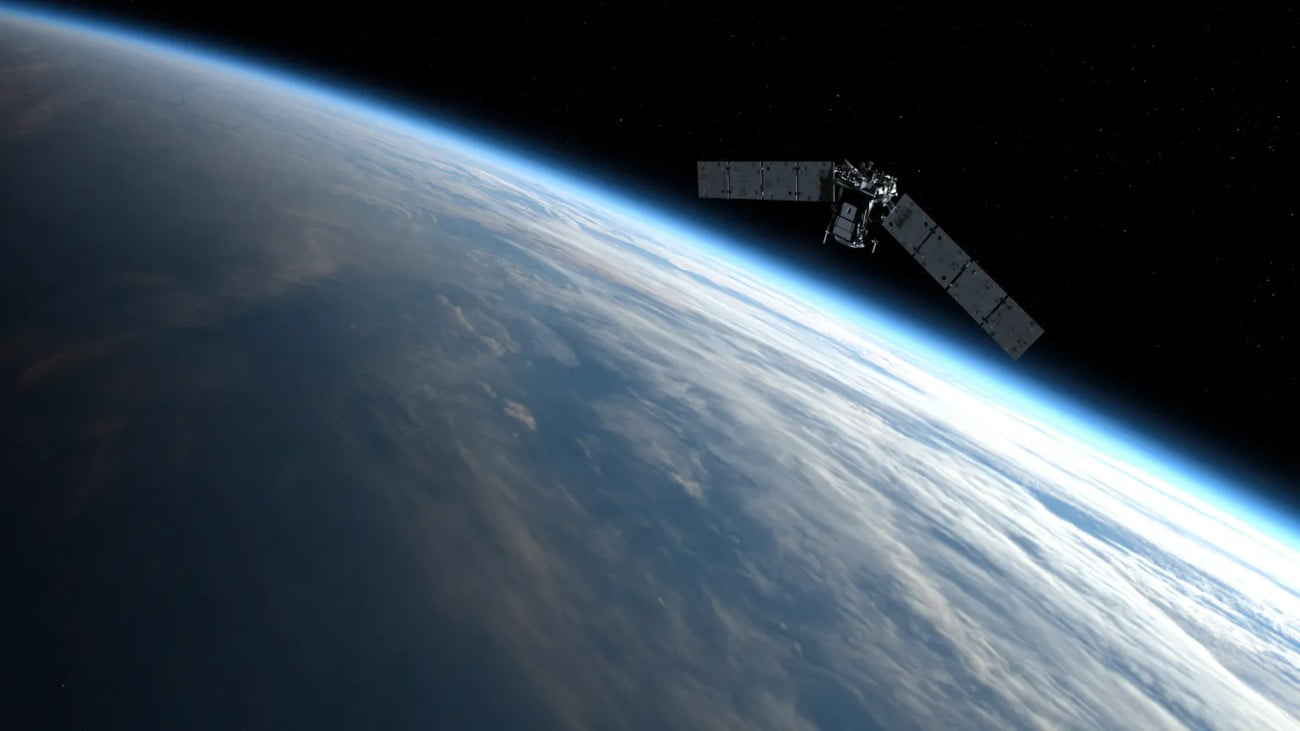Last week, two satellites nearly collided. The difference was only 20 metres.
It was an exciting moment: Last Wednesday, two satellites were on a collision course. This included NASA's TIMED satellite and Russia's Cosmos 2221. According to LeoLabs, a company that specializes in tracking and analyzing objects around Earth, the two space probes eventually passed each other at an altitude of 608 kilometers, and the difference was less than 20 metres. LeoLabs described it as “too close for comfort.”
Too close for comfort. 😳
Today at approximately 06:30 UTC, we observed a conjunction at a distance of 608 km between two non-maneuverable spacecraft: an abandoned Russian satellite and an operational NASA satellite.
Missing distance = <20 metres
Collision probability = 3 to 8% at TCA pic.twitter.com/4JWbYxwPh3— Leo Labs (@LeoLabs_Space) February 28, 2024
More meetings
The two uncontrollable satellites will get close to each other again in the future, but according to current forecasts they will never get as close as they were last week. According to NASA, the two satellites are moving away from each other in altitude.
NASA's Energy and Dynamics in the Ionosphere and Mesosphere mission (timing) studies the influence of the Sun and human activity on the mesosphere and the lower thermosphere/ionosphere (layers of the atmosphere). According to the US Space Agency, that region is a “gateway” between Earth and space, where solar energy reaches Earth for the first time.
Cosmos 2221 is a Russian spy satellite from 1992 that is no longer in use.
Read also: Have two satellites collided before?
The risk of collision increases
Close collisions will become more common as more and more satellites are launched into orbit.
According to the European Space Agency ESA There are currently approximately 11,500 satellites orbiting the Earth, of which 9,000 are in operation. But this is just the tip of the iceberg. There are also 36,500 pieces of debris at least 10 centimeters wide flying around our planet, as well as more than 130 million other pieces between 1 millimeter and 1 centimeter in diameter.
Even these small fragments can cause serious damage to the satellite, because they move very quickly in their orbit around the Earth. For example, at an altitude of 400 kilometers – the average altitude of the International Space Station (ISS) – objects are moving at a speed of about 28,165 kilometers per hour.
So NASA and ESA are looking at ways to achieve the following: Space debris cleanup.
Read also: Are astronomers bothered by all those satellites?
sources: NASA, Space.com website

“Total coffee specialist. Hardcore reader. Incurable music scholar. Web guru. Freelance troublemaker. Problem solver. Travel trailblazer.”







More Stories
GALA lacks a chapter on e-health
Weird beer can taste really good.
Planets contain much more water than previously thought